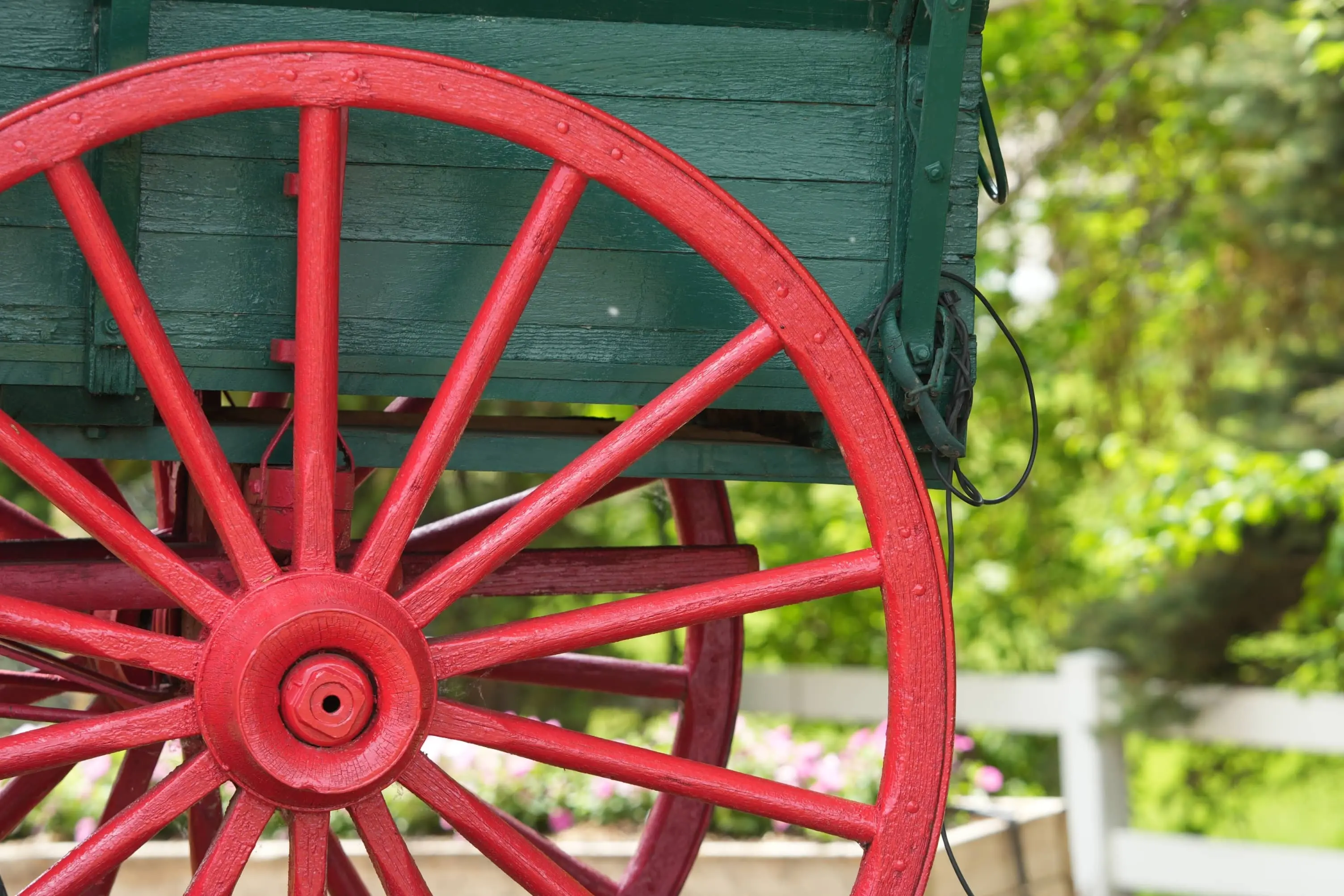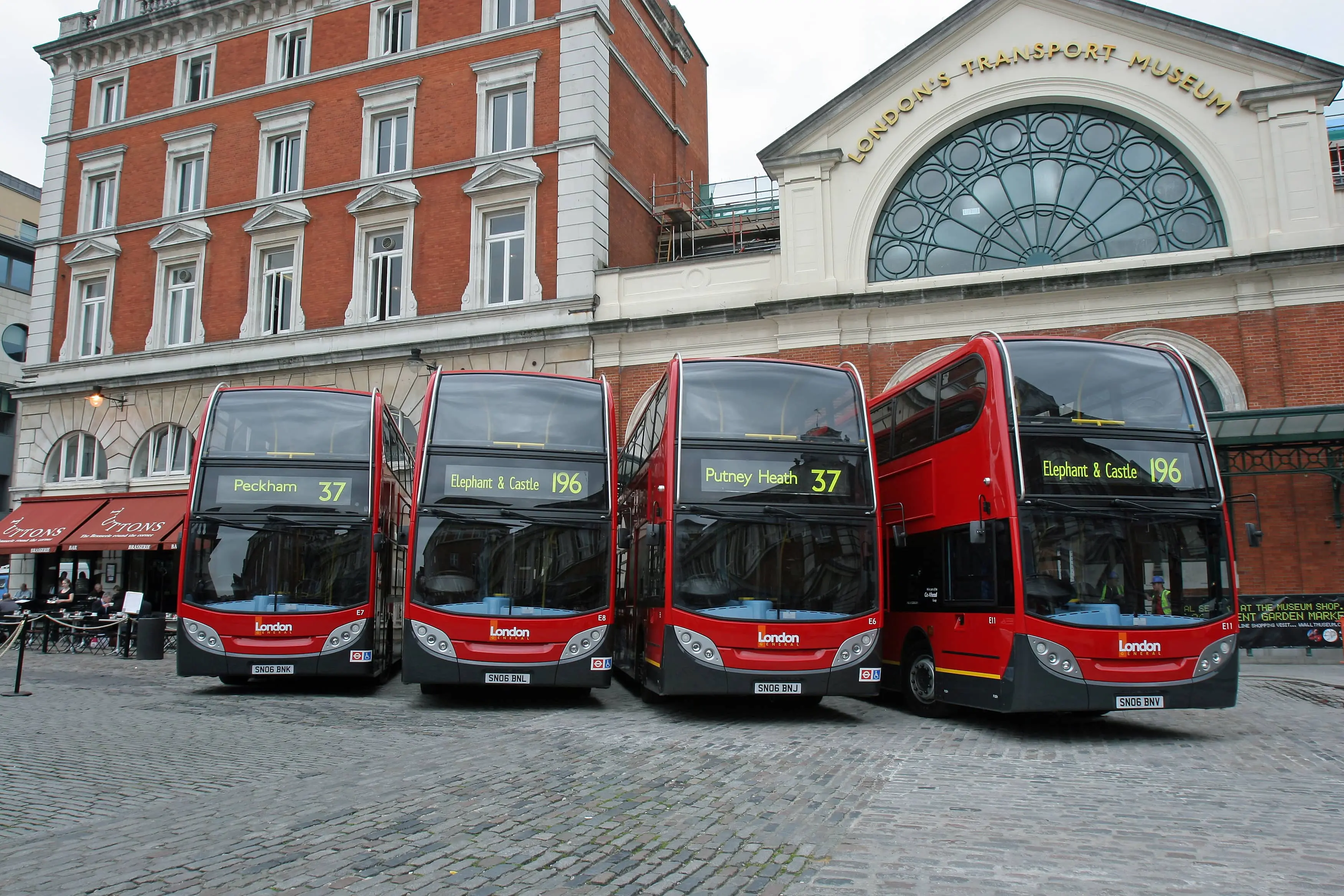
The History of the West Coast Train Line
Discover the past, present, and future of The West Coast Main Line.
You'll get an email in the next few minutes with a link to reset your password.
If the email doesn't arrive in the next few minutes:
You'll get an email in the next few minutes with a link to reset your password.
If the email doesn't arrive in the next few minutes:

2025 marks the Bicentennial of rail, celebrating 200 years of trains shaping how we travel, work, and connect.
The history of trains is a story of innovation. From early steam engines to today’s electric and high-speed models, trains have changed how we navigate the world around us. And, at the centre of this transformation is the national railway of the UK, which has helped to connect people and grow communities.
The UK’s train history began with milestones like the Stockton and Darlington Railway in 1825, the UK’s first railway to use steam locomotives. This revolutionary line sparked a global rail boom, with Britain leading the way.
By the mid-1800s, they connected cities, towns, and industries, reshaping landscapes and economies. Trains powered Britain’s industrial growth, moving coal, steel, and goods at unprecedented speed and scale.
Globally, the railway era inspired countries to develop their own networks. These included innovations like America’s transcontinental railroads and Europe’s high-speed trains. In the UK, the railways evolved from steam to diesel and electric power, marking new advancements in efficiency and performance.
Modern trains are faster, quieter, and more energy-efficient than ever before. They feature new technologies, like advanced signalling systems and aerodynamic designs. All these have worked together to reduce travel times and made rail travel one of the greenest ways to get around.
This year, Avanti celebrates 200 years of rail innovation and progress to highlight this national legacy. We’re proud to honour the legacy of the UK’s train history while building a future with modern trains that focus on speed, comfort, and sustainability.

Discover who invented the steam train, its history, and where to ride one today.
Find out more
Explore pioneering railway engineers who shaped the past of rail technology.
Find out more
Discover how the Stockton and Darlington Railway revolutionised travel.
Find out more
Learn how UK railway pioneers took their skills abroad, shaping train history.
Find out more
Discover women who shaped our railways and paved the way for future generations.
Find out more
The Railway Queens shaped British railways for 50 years, but who were they?
Find out more
Discover the Royal Train’s history, from its Victorian conception to its role today.
Find out more
Explore the UK's history of rail unions, nationalisation, and industrial relations.
Find out more
Train classes have changed over 200 years. Find out why second class no longer exists.
Find out more
Curious why formal train dining is rare today? Explore the history of food on rails.
Find out more
See how train carriages evolved from steam days to today’s modern rail travel.
Find out more
Rail advertising has transformed over time. Explore its journey through the decades.
Find out more
Discover how train tickets evolved with tech and changing passenger needs over time.
Find out more
Explore top UK railway museums with historic trains and hands-on exhibits.
Find out more